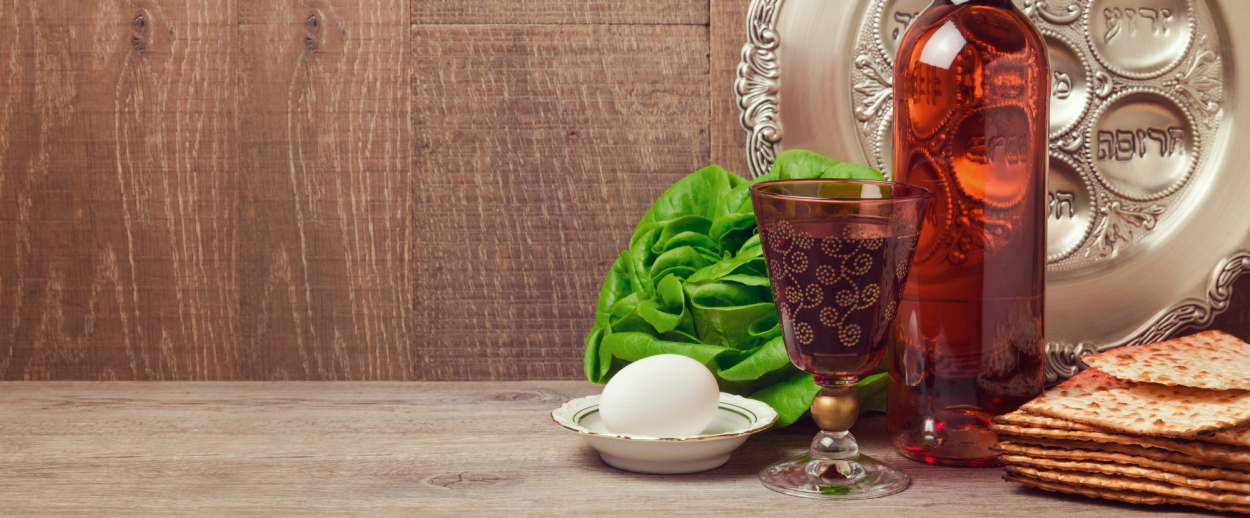Five Seder Traditions From Around the Globe to Spice Up Your Own
Jews are not monolithic, and nowhere is that clearer than when it comes to one of Judaism’s oldest rituals




My Jews, the seder is nigh upon us. Clocking in at over 1,500 years, it is not only among the most universally practiced Jewish rituals, it is also currently the oldest continuously practiced ritual service on the planet. True story.
With a resume like that, the seder was bound to have picked up a few tricks and variants over the centuries, something a little bit more robust than you generally see in your standard Haggadah from Artscroll–or, if you’re from a truly venerable Jewish family, Maxwell House–and something a little more nuanced than the Ashkenaz/Sephardic binary of kitniyot/non-kitniyot, Slivovitz/Arak, and salt/actual seasonings besides salt.
Here are five seder traditions swiped from across the globe to possibly liven up your own:
The Seder Plate
In Spain and Turkey, the seder leader circles the table three times, seder plate in hand, and taps it on the head of each guest. This is believed to confer blessing upon them. Meanwhile, in southern Italy, Sicily, and Morocco, the seder plate is brought to the table wrapped in a decorative scarf and the family sings as it arrives at the table. Before it’s set down, it’s placed on the head of a child and rotated for everyone to see.
The Afikomen
Many Sephardic households, shockingly, don’t hide an afikomen. Instead, pieces of it are often saved to be used as ornaments, or even carried on one’s person for protection against the evil eye.
Telling the Exodus Story
Common among Sephardi and Mizrahi Jews is a reenacting of the Exodus in the form of a small skit. In some Irish Jewish households, parts of the Haggadah are sung in the melody of traditional Irish tunes. Among the Jews of Kaifeng, the tablecloth is removed from the table before “This is the bread of affliction” and replaced just before “We were slaves to Pharaoh in Egypt,” with the purpose of provoking questions.
The Ten Plagues
The removal of wine from our cups during the recitation of the Ten Plagues is always the saddest part of the seder. Because of the wasted wine, obviously. Turkish Jews don’t even look at the spilled wine. An Italian Jewish custom by way of Yemen dictates a little wine is poured from the Seder leader’s cup for each of the plagues and into a tin can. When all the plagues have been recited, the matriarch of the family takes the tin and pours it out into the farthest part of the yard, reciting in a loud whisper, “May this go to all of our enemies and haters. May they create no suffering for us or for themselves. Amen!” Greek Jews have a similar custom, only with vinegar instead of wine.
Elijah’s Cup
In a classic case of two Jews, three opinions, Moroccan Jews don’t have a Cup of Elijah. Except for the ones that do. Moroccan Jews from Casablanca don’t have the cup, but instead set up an elaborate cushioned chair, leaving it empty for Elijah’s arrival. But over in the Moroccan region of Marrakesh, not only is there Elijah’s Cup, but dishes are prepared from its leftover wine.
Just in case you needed a reminder, us Jews are nowhere near a monolith. Whatever your family customs are, get out there and have a Chag Pesach Kasher V’Sameach. Happy Passover, guys.
MaNishtana is the pseudonym of Shais Rishon, an Orthodox African-American Jewish writer, speaker, rabbi, and author of Thoughts From A Unicorn. His latest book is Ariel Samson, Freelance Rabbi.